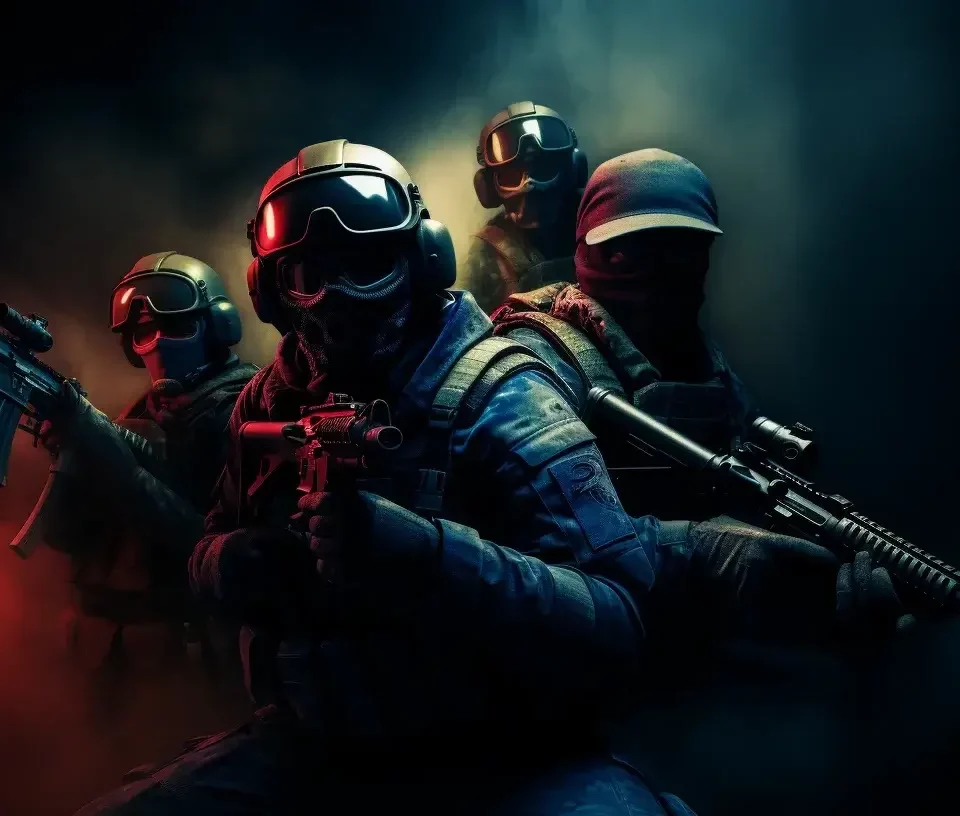Introduction:
In the realm of competitive gaming, Counter-Strike 2 (CS 2) stands as an emblem of team-based gameplay, demanding both individual prowess and coordinated team strategies. Within this dynamic environment, the mastery of team coordination emerges as a crucial determinant of success. As the chasm between victory and defeat hinges on seamless collaboration, understanding the strategies and insights from top players becomes pivotal for any aspiring CS 2 enthusiast.
Understanding the Dynamics of Team Coordination:
In CS 2, effective team coordination transcends the simple act of communicating moves and strategies. It embodies the synergy of individual roles, the synchronization of tactical maneuvers, and the seamless integration of diverse skill sets. The art of team coordination lies in the ability to transform a group of skilled individuals into a cohesive unit that operates with shared objectives and mutual understanding.
Strategies Employed by Top CS 2 Players:
- Clear Communication Protocols: Top players prioritize establishing clear and concise communication channels to convey vital information swiftly and accurately. This includes designated callouts, quick status updates, and precise instructions to adapt to dynamically shifting scenarios.
- Role Definition and Specialization: Defining specialized roles within the team enables each player to focus on their strengths, fostering a more efficient and well-rounded gameplay experience. Players often specialize in entry fragging, support, lurking, or in-game leading, fostering a balanced approach to team dynamics.
- Tactical Planning and Adaptability: Successful teams invest significant effort in meticulous pre-game planning, formulating strategies for various scenarios. They also exhibit the adaptability to modify these plans on the fly, responding to opponent tactics and unforeseen in-game developments with agility and coherence.
- Developing Trust and Cohesion: Trust forms the cornerstone of successful team coordination. Top players invest time in building trust among teammates, fostering a supportive and encouraging environment that allows for constructive criticism, open discussions, and collective decision-making.
- Regular Practice and Analysis: Consistent practice sessions coupled with in-depth game analysis enable players to identify weaknesses, fine-tune strategies, and optimize individual and team performance. Regular practice not only hones individual skills but also enhances team synchronization, leading to improved overall gameplay.
Insights for Aspiring Players:
For aspiring CS 2 players aiming to enhance their team coordination skills, the following insights from top players can serve as guiding principles:
- Emphasize the importance of effective communication and establish clear protocols for in-game communication.
- Identify and capitalize on individual strengths to optimize team roles and responsibilities.
- Foster adaptability and resilience by integrating strategic flexibility into gameplay plans.
- Prioritize team cohesion and trust-building activities to create a supportive and collaborative gaming environment.
- Dedicate time for regular practice sessions and comprehensive game analysis to continuously refine gameplay skills and strategies.
Conclusion:
Mastering the art of team coordination in CS 2 involves a holistic approach that encompasses effective communication, strategic planning, role specialization, and a strong foundation of trust among teammates. By assimilating the strategies and insights employed by top players, aspiring gamers can pave the way for more seamless and successful team-based gameplay experiences, ultimately elevating the overall competitive landscape of CS 2.







